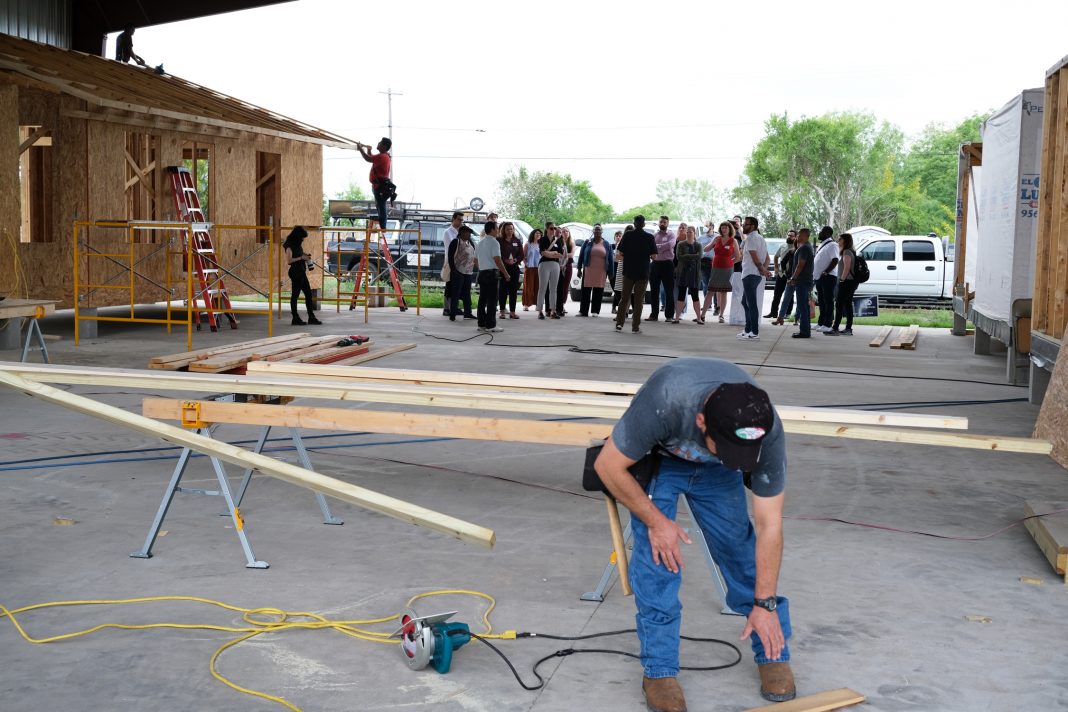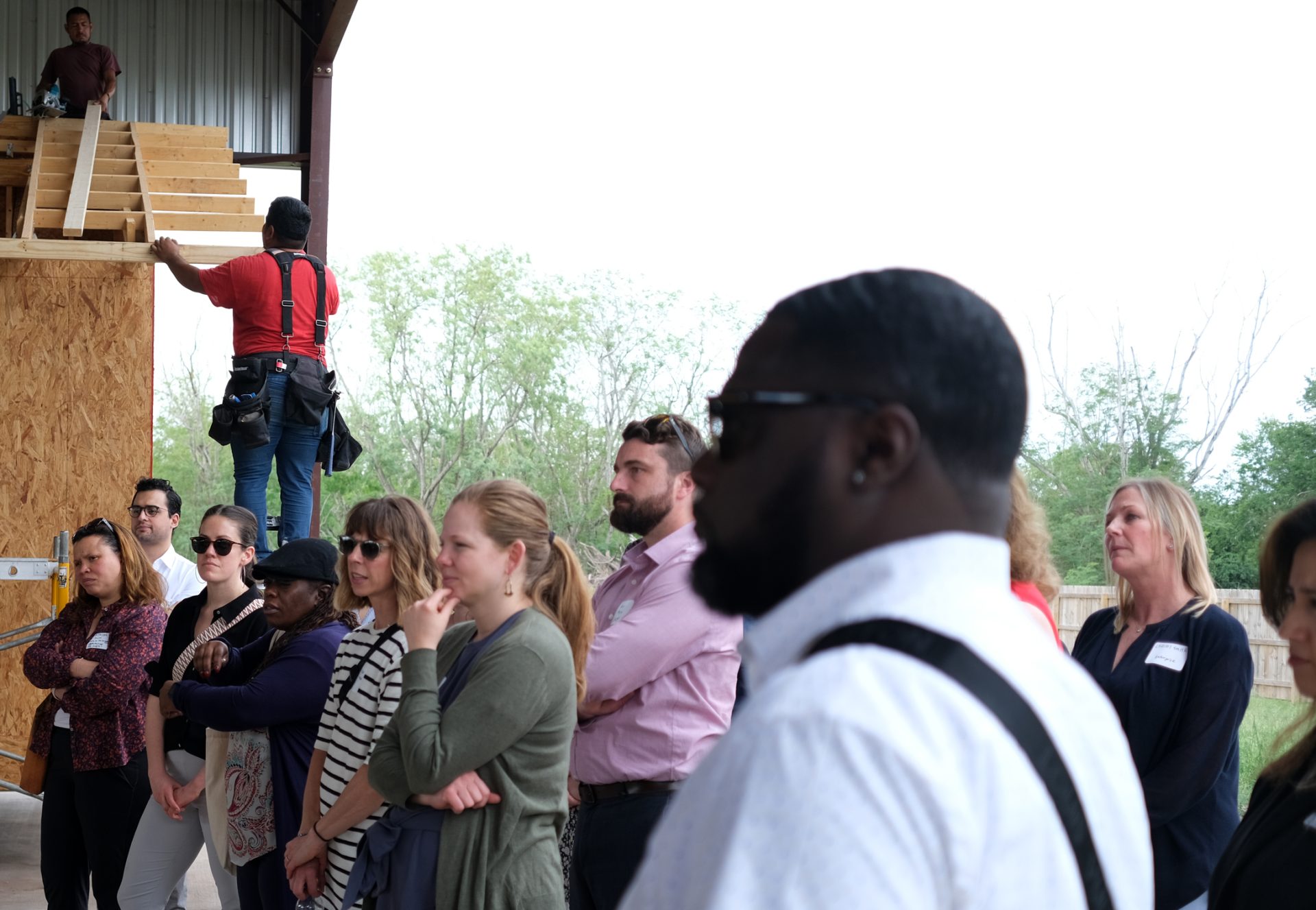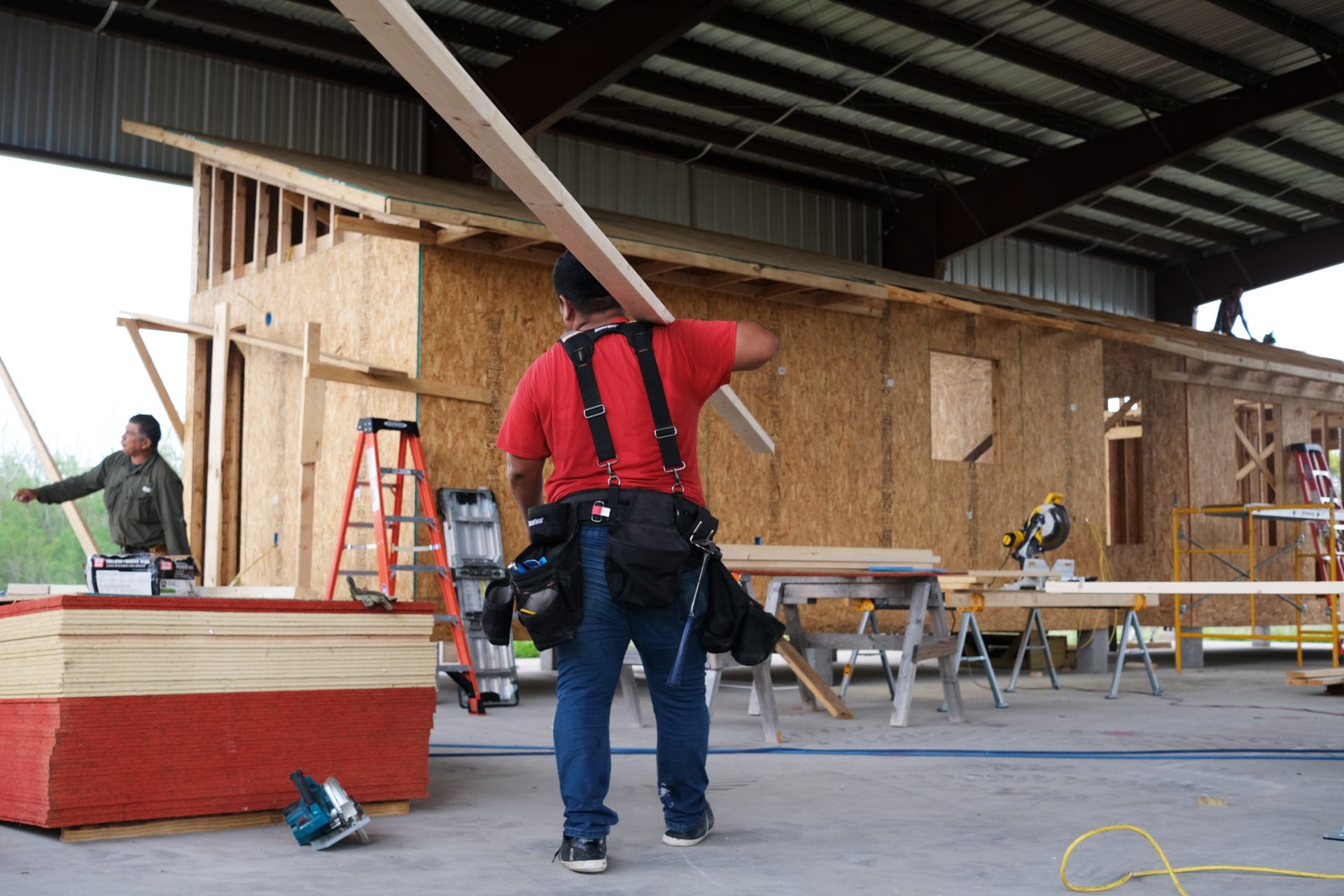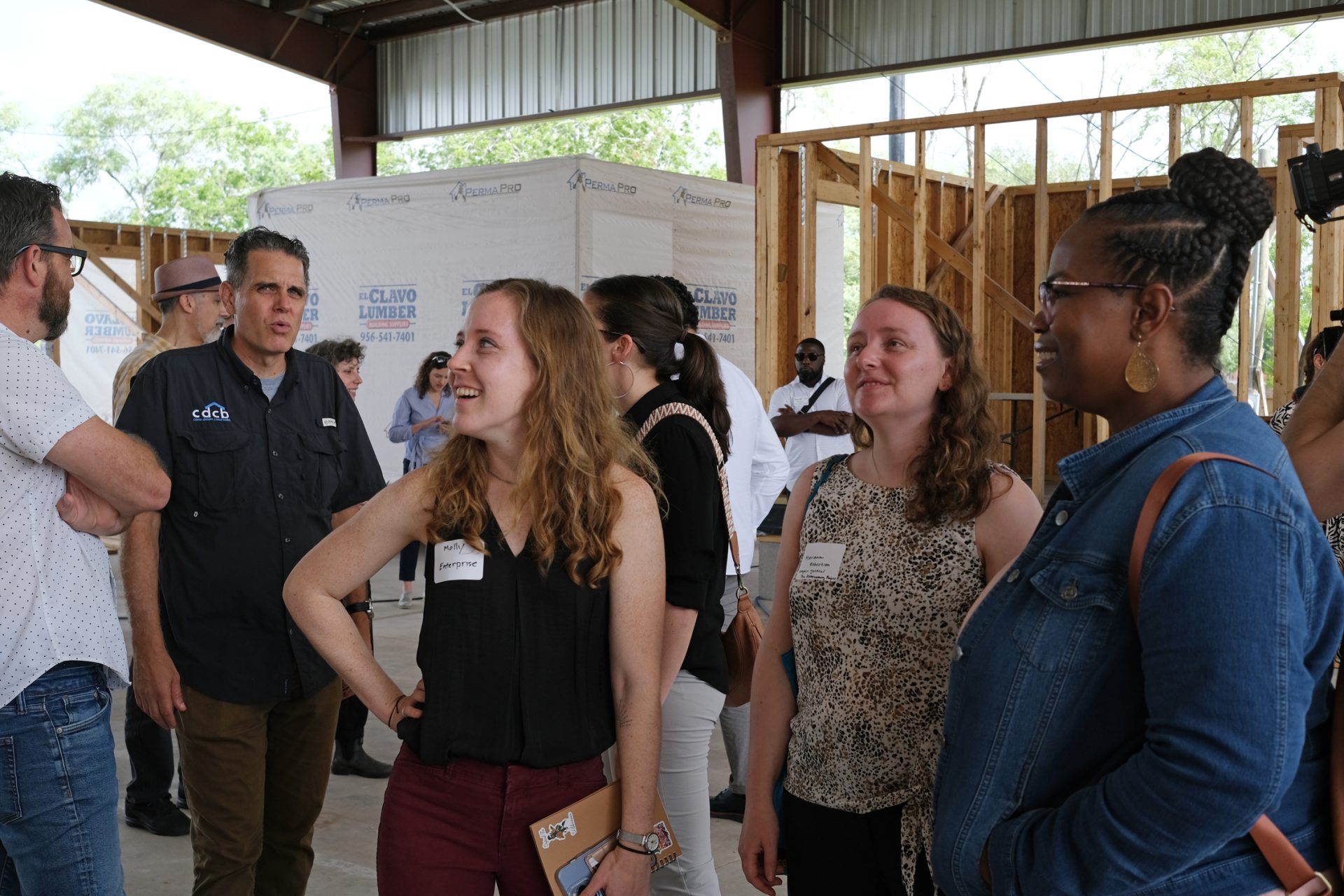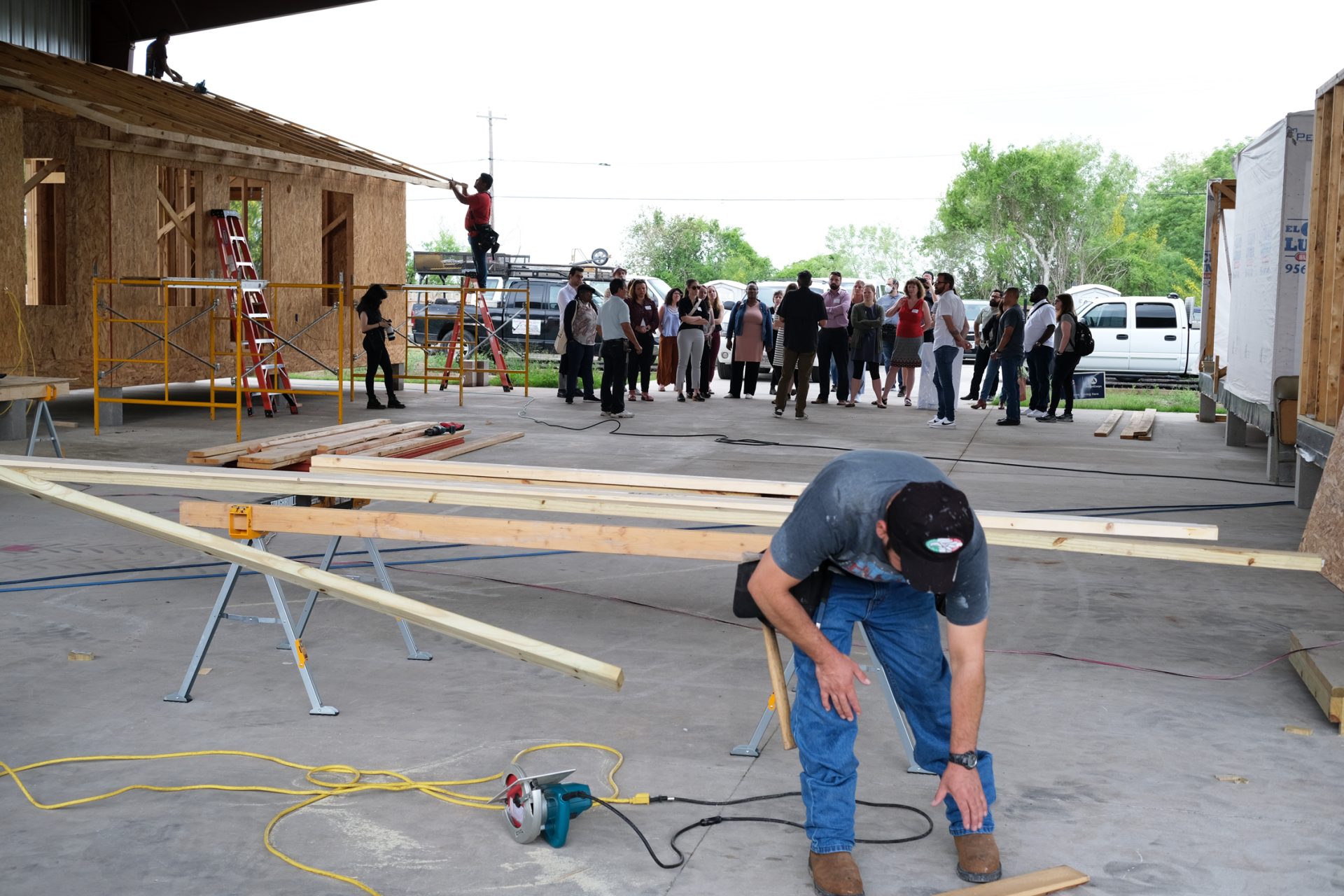The cost of housing in Cameron County rose by 61 percent last year and solutions for providing affordable housing for low- to moderate-income homebuyers are getting scarcer, though CDCB thinks it has an answer with something called MiCASiTA.
Nick Mitchell-Bennett, executive director of the affordable-housing nonprofit Come Dream Come Build, described the project in a presentation before the Cameron County Commissioners Court on April 26.
He said the state of Texas approached CDCB around five years ago about creating a new housing-delivery system for families after a disaster, and his organization soon realized the design they developed, dubbed RAPIDO, could help solve the ongoing disaster that is the county’s lack of adequate affordable housing.
RAPIDO became MiCASiTA, which allows families to not only design their own home via an app called Choice Empowers but also “grow” their home over time as their financial capacity allows, Mitchell-Bennett said.
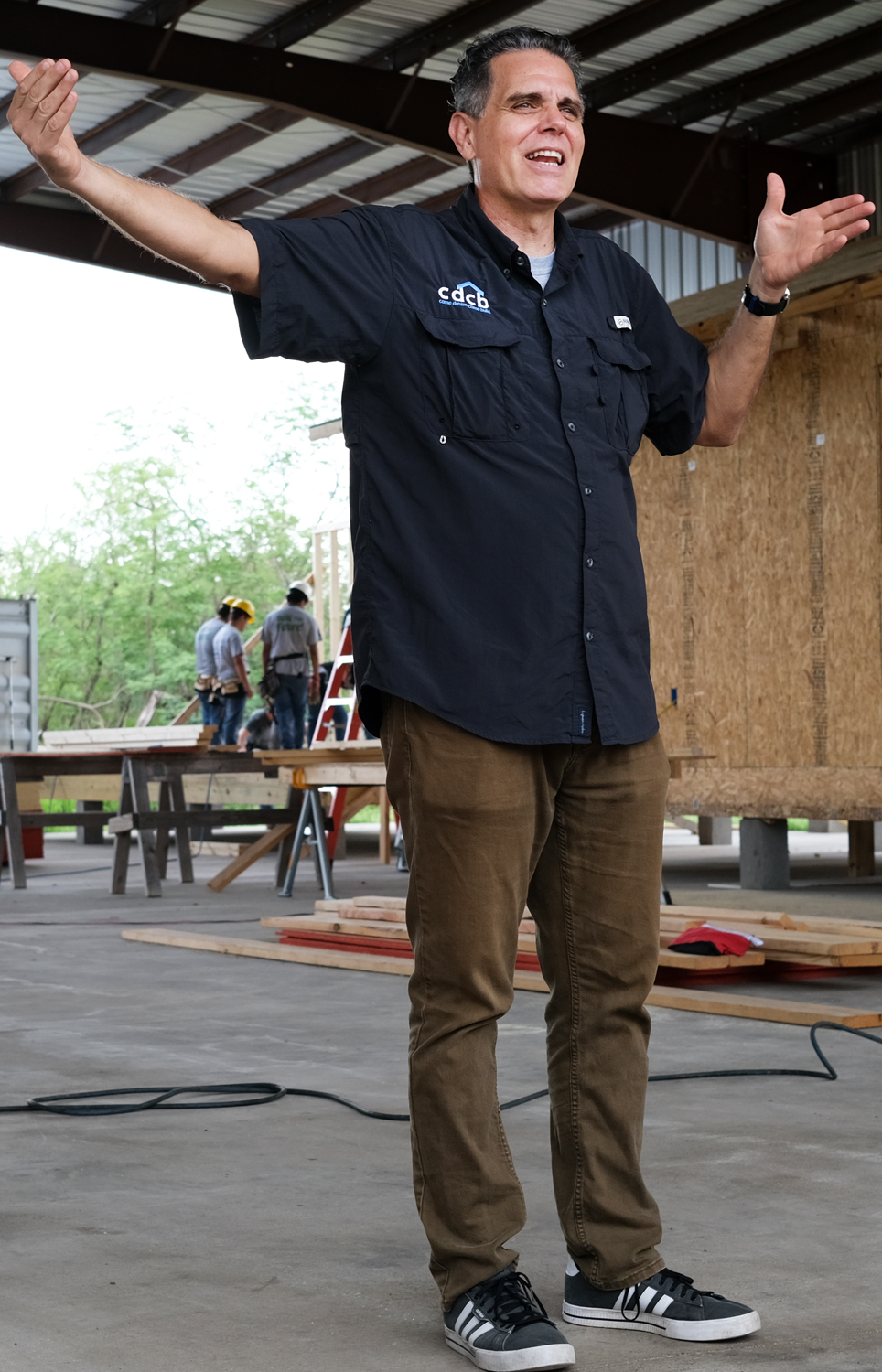
A family can start with a 576-square-foot core (two models to chose from) containing a bedroom, bathroom, kitchen area and small living area with a front porch, then in six months, two years or whatever works for them, expand the home by 288-square-foot increments, up to 1,400 square feet total, he said.
“You can add a bedroom suite box, you can add a kid box, or you can add a flex box,” Mitchell-Bennett said. “The bedroom suite box has a bedroom and another bathroom box in it and a small walk-in closet. The kid box is two small bedrooms and a bathroom, and then the flex box is just 288 open square feet.”
The concept is called “Grow Home,” he said.
“This is really the crux of what MiCASiTA is,” Mitchell-Bennett said. “Families that we work with in the rural colonia areas as well as other small towns and cities in our county really cannot afford the cost of a full house right now. I’m talking 800, 900, 1,100 square feet is costing upwards of about $130,000 to buy that home. And really when you’re making $9 or $10 an hour that’s not possible, so we came up with this idea where a family could actually grow into their home.”
A MiCASiTA core costs about $58,000, he said.
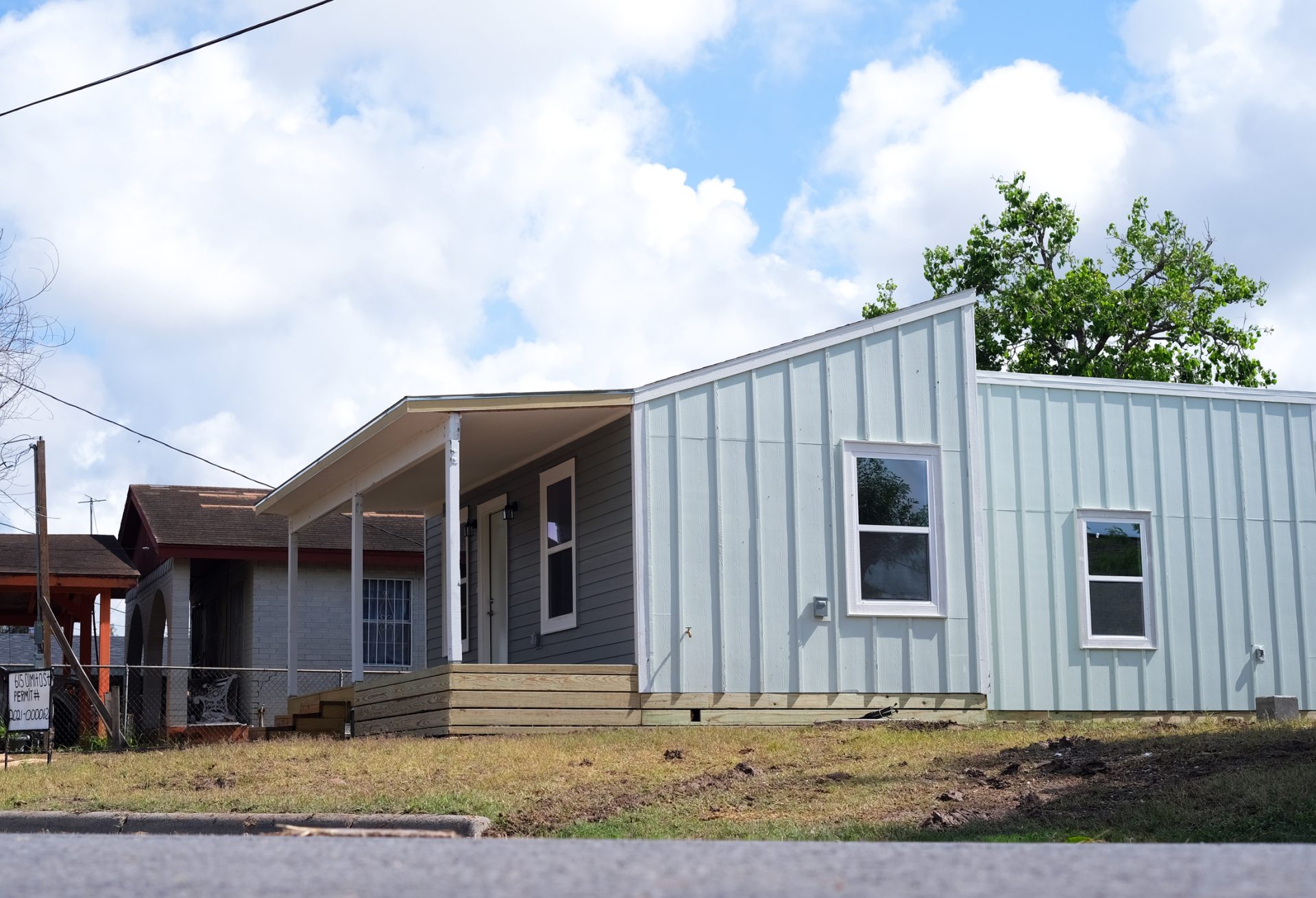
The core and additional “boxes” are being manufactured offsite at what CDCB is calling The Farm, an open-air barn on Old Alice Road south of State Highway 100 near Los Fresnos, and the first MiCASiTA home was placed on a lot in Southmost just last week, he said. CDCB conducted a tour of The Farm and the Southmost home on April 27.
Although the boxes and cores are manufactured offsite, these are not “manufactured homes” in the conventional sense of the term, Mitchell-Bennett said. While a stick-built, or home built onsite, would typically cost CDCB around $125 per square foot, a MiCASiTAs home can be built for 15 to 20 percent less than that, he said.
“Not only that, we’re also hiring people, so anybody in the construction business, I need about six people,” Mitchell-Bennett said.
CDCB considered having the homes built at a manufacturing site in San Antonio, the closest available, though it would have cost $10,000 to $15,000 to transport each one to the Rio Grande Valley, while each house built at The Farm can be delivered anywhere in the Valley for about $2,500, he said.
Another key part of MiCASiTA is helping families grow equity through home ownership, which is what created the middle class in this country, Mitchell-Bennett said, noting that families acquire $3,500 in equity immediately upon purchase of the core home.
“As you move forward and grow that home, your loan amount does increase because you’re adding more parts to the box, however so does you equity,” he said. “By adding more equity to that, you build more wealth for that family over those years, and that’s what we’re trying to do at CDCB.”
Each part of a MiCASiTA home is built to a standard known as Enterprise Green Communities, which lowers the cost of utilities for families and is better for the environment, Mitchell-Bennett said. The “Farm-raised” houses are as structurally sound as stick-built homes and in fact more durable, he said.
CDCB received a $2.5 million grant through Enterprise/Wells Fargo to help it develop the program, Mitchell-Bennett said, adding that “they loved the idea and they said, OK, you’ve got two years to prove that this can work.”
He thinks it can and will, noting that two sites in the Mississippi Delta and one on the Rosebud Indian Reservation in South Dakota were ready to copy the MiCASiTA model before CDCB even delivered its first one.
“We think this is the way of the future,” Mitchell-Bennett said. “This is the way to go. It creates jobs, it’s going to create wealth. It gives people choice in how they live and where they live, and I believe it’s an exciting thing for our county.”

